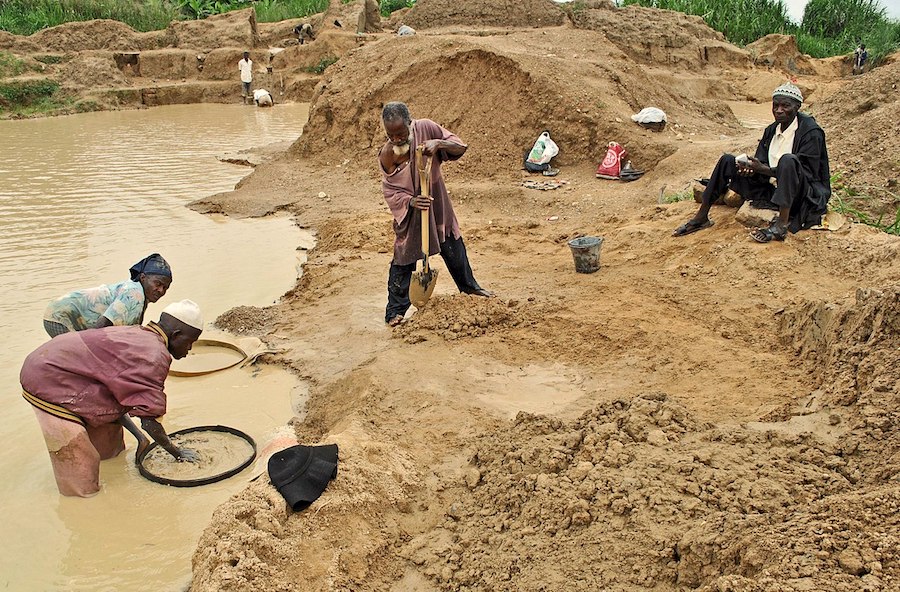
Russia, this year’s chair country of the Kimberley Process, a certification scheme established to prevent the trade of conflict diamonds, has vowed to work on lifting all remaining sanctions to exports of precious stones from Central African Republic (CAR).
The country partially resumed diamond shipments in 2016, following a three-year ban that tried preventing armed groups from financing one of the bloodiest conflicts the region has seen in recent years by illegally selling gems dug up in CAR.
“Current restrictions have increased the amount of diamonds sold illegally, generating profits for middlemen rather than local communities”
Alexey Moiseev, chairman of the Kimberly Process
The chairman of the Kimberly Process, Alexey Moiseev, said that current restrictions have increased the amount of diamonds sold illegally, generating profits for middlemen rather than local communities.
Moiseev, who is also Russia’s minister of finance, added he didn’t believe in opening “all the country’s gates” to diamond exports, as some still don’t comply with the basic conditions imposed by the industry body.
Since the 2013 full ban on diamond trade was lifted, CAR has been divided into so-called green areas, from where exports are allowed, and red areas (in the country’s north and east, controlled by anti-governmental armed groups) where the ban is still active.
In 2012, the country ranked 12th among the world’s largest diamond producers. The country exported 378,000 carats of diamonds in 2012, worth around $167.05 per carat, about $63 million.
While most of CARS neighbours produce far greater volumes, diamonds found in the country are mostly gem-quality, ranked by experts among the world’s top five.
As an example, neighbouring Democratic Republic of Congo exported 19.5 million carats that same year, but they were worth only $13.41 per carat.